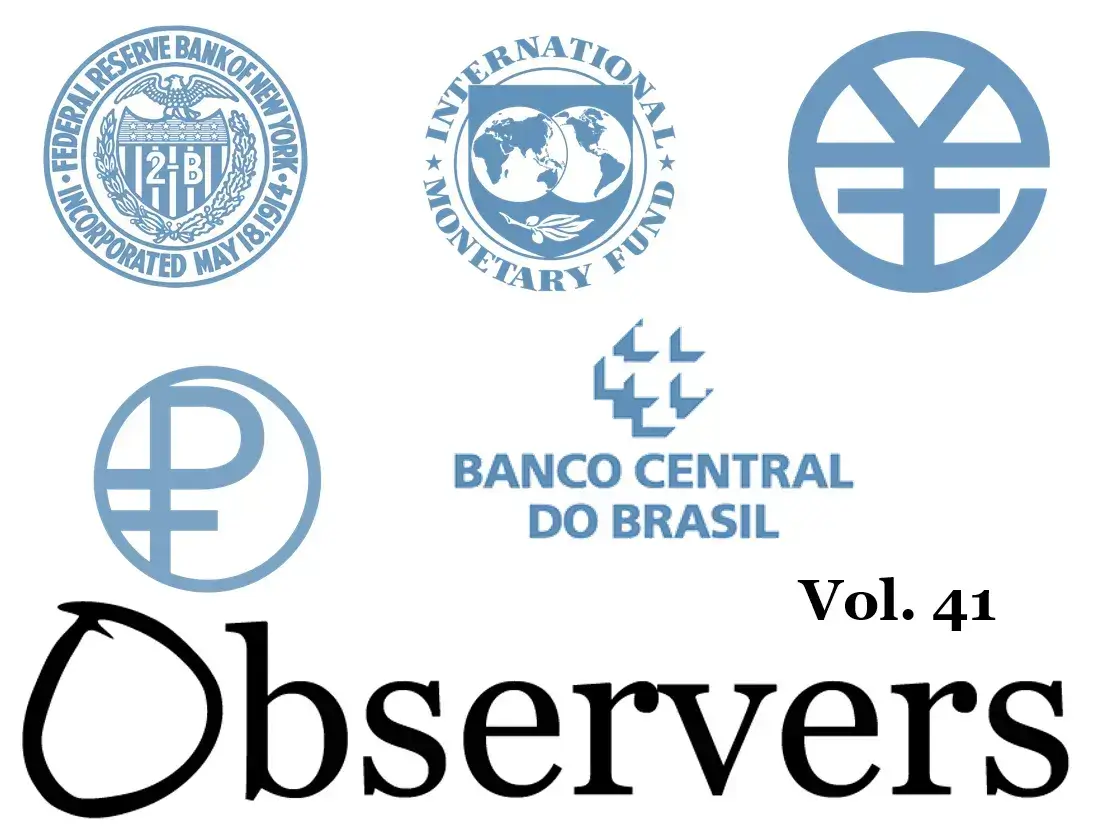

Russia's biggest bank is stepping up support for the digital ruble. Meanwhile, a new Citi report suggests demand for CBDCs among financial institutions is waning... and fast.

Subscribe now and have access to all our stories, enjoy exclusive content and stay up to date with constant updates.
Already a member? Sign in